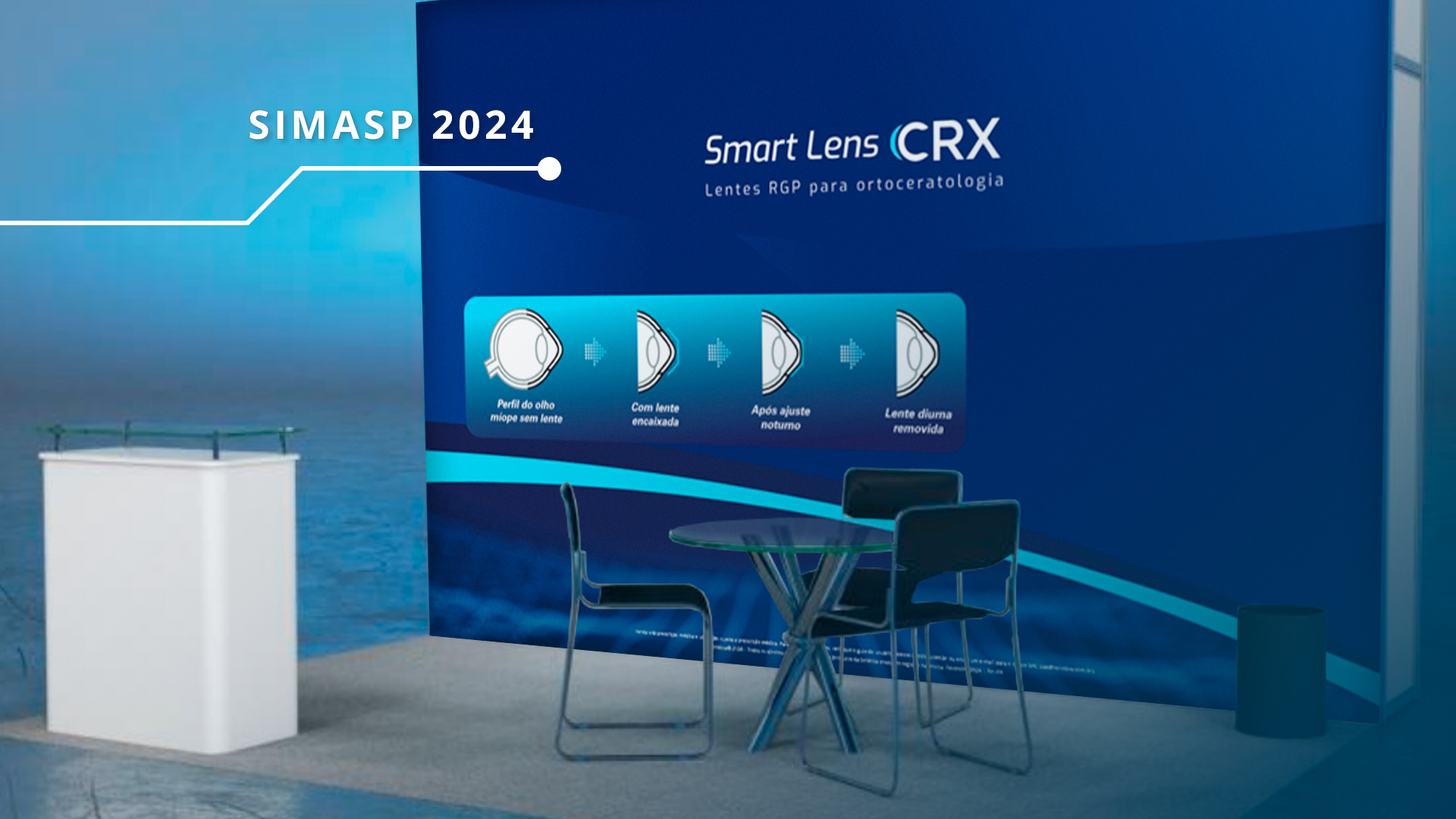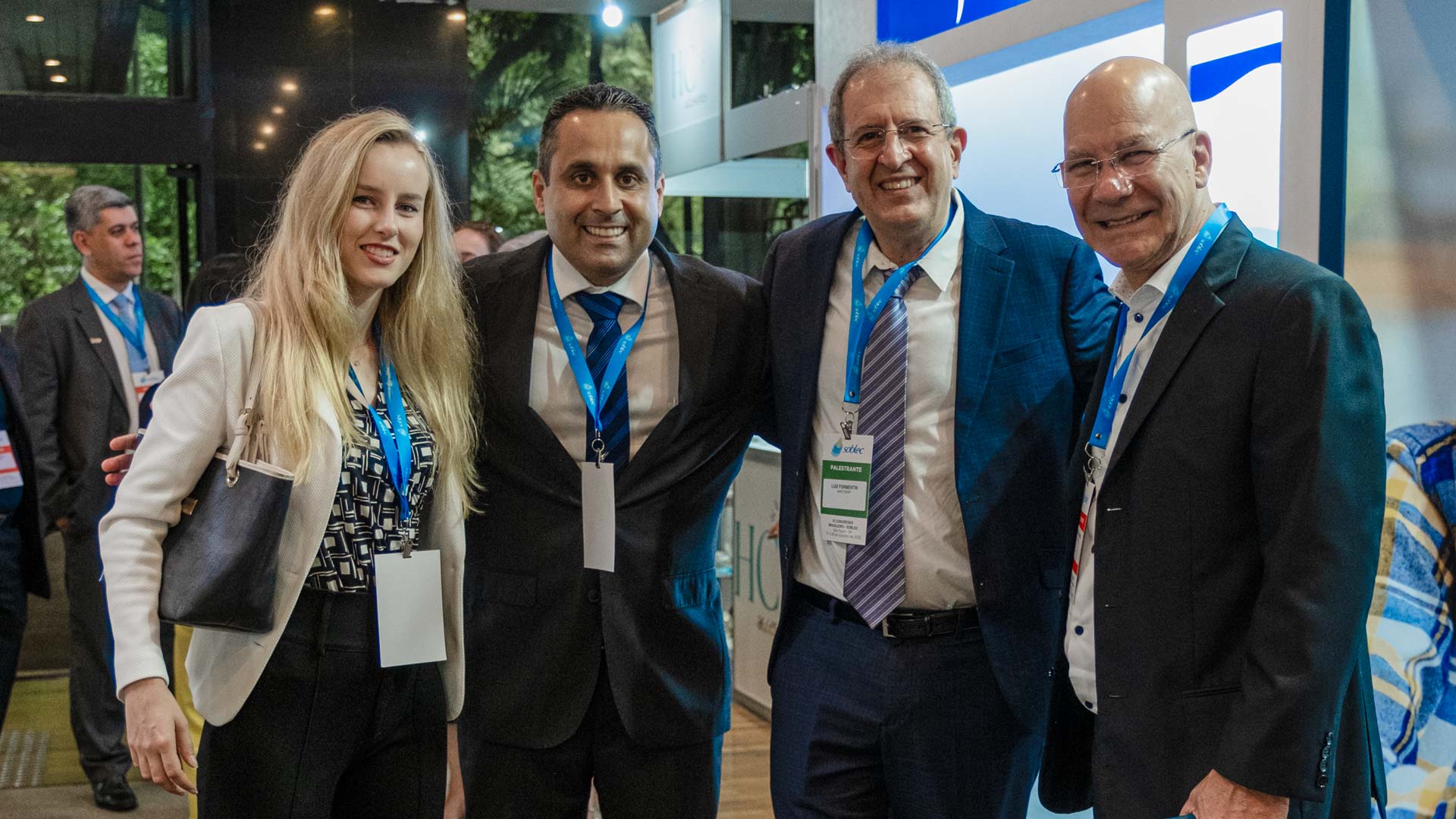Blog
Protein deposits in Soft Contact Lenses
he accumulation of proteins on the soft lenses is a common problem for contact lenses users. Considering that a tear is a protein and the contact lenses are foreign objects in this solution, the protein materials will be, continuously, in contact with the surface of the lenses.
There are two mechanisms for the inclusion and/or accumulation of protein on soft contact lenses surface. The first is the absorption/denaturation through proteins electrostatic attraction (especially lysozyme) to the surface of a negatively charged lens.
The lysozyme is a protective protein, which exists in relatively high concentration in the tear and is positively charged. The contact lenses become negatively charged due to the absorption of the methacrylic acid by the polymer, such as an impurity or a comonomer, added to increase the water content. The absorption of the methacrylic acid creates a negative charge on the lens surface.
A soft contact lens negatively charged absorbs lysozyme at a rate compatible with the amount of methacrylic acid within the polymer.
The second type of protein accumulation on the soft contact lens is the inclusion of protein on the polymer surface matrix. All soft contact lenses are water and polymer structures, where the water is uniformly absorbed through the polymer surface. The protein molecules are 100 to 1,000 times greater than the monomer or water structures.
On account of its size, the protein molecules are not even capable of penetrating the polymer matrix with a greater aqueous content. Considering that the aqueous content of neuter soft materials increases, the matrix size also increases sufficiently to start to include tear proteins on the lens matrix surface.
This phenomenon is common to all materials with high aqueous content, as they have matrices with surfaces big enough to include proteins.
It is important to understand that this is only a surface effect resulting from the concentration of tear proteins. When the lenses are removed from the lacrimal fluid and placed in a cleaning solution, the proteins leave the contact lens’ surface, which returns to a zero level of protein.


